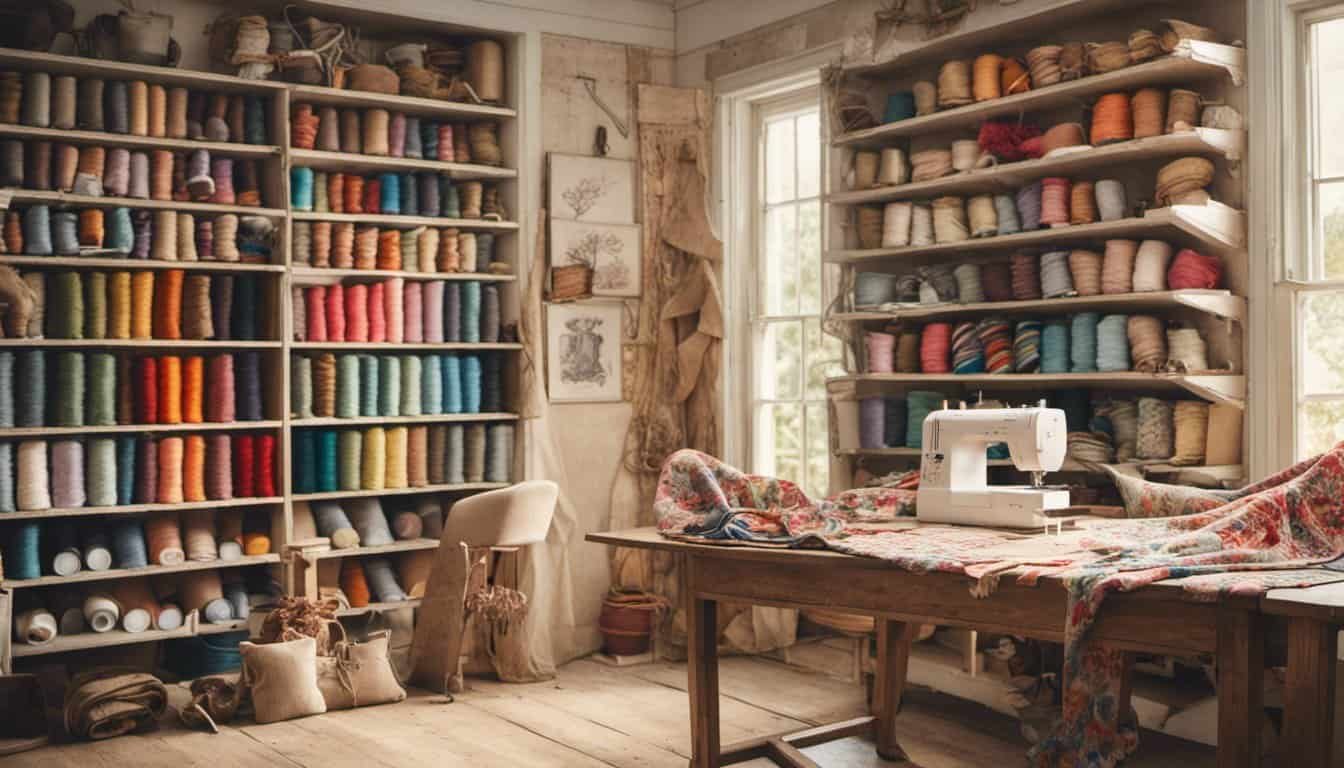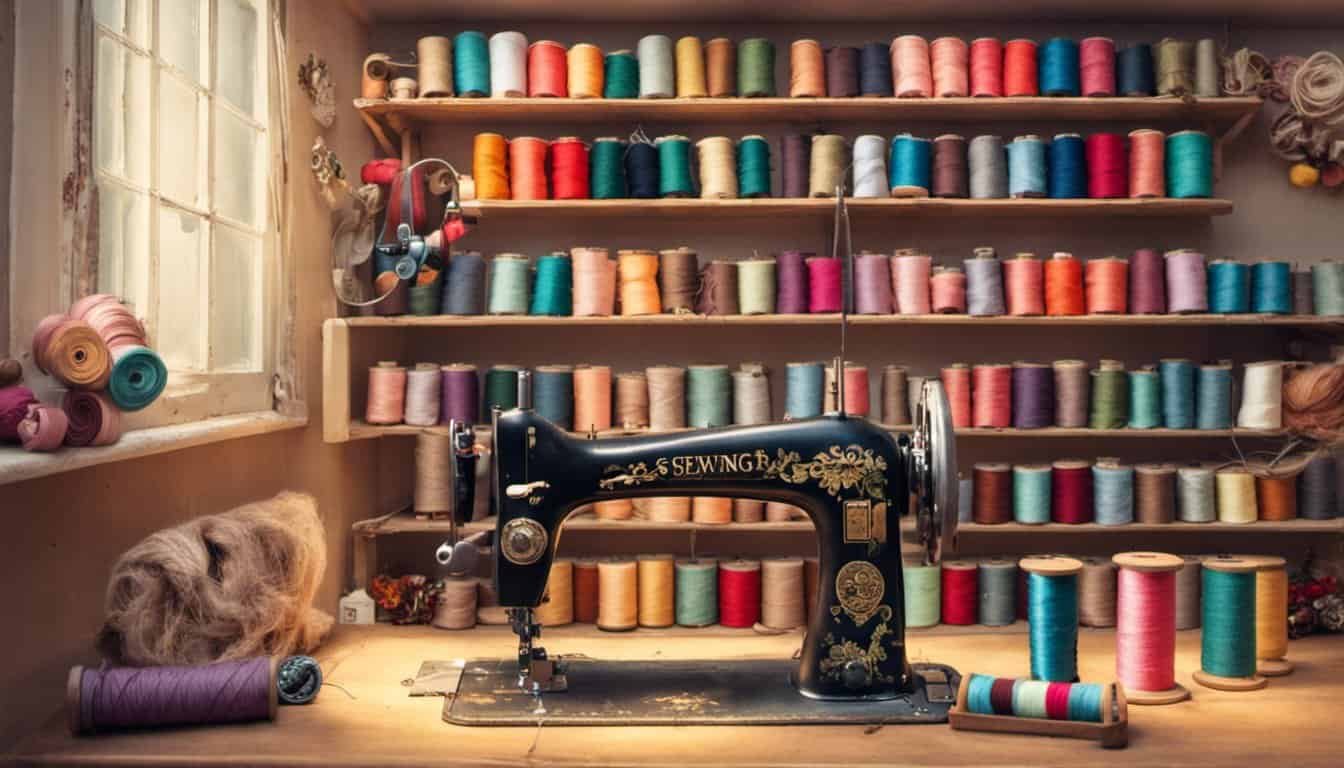Fitting a garment just right can be a challenge, but adjusting patterns makes all the difference. I’ve often found that small tweaks can transform a piece from good to perfect.
In this guide, I’ll walk you through the essential steps to modify your sewing patterns. Whether you’re tailoring for yourself or others, these tips will help you achieve a flawless fit every time.
Understanding Pattern Basics
Grasping pattern basics is essential for making accurate adjustments. Patterns serve as blueprints, guiding each step of garment creation. They come in various types, each suited for different skill levels and projects.
Types of Patterns
Patterns fall into several categories based on their design and complexity:
- Commercial Patterns: Professionally designed with clear instructions and standard sizing.
- Drafted Patterns: Created from scratch using measurements, offering a customized fit.
- Digital Patterns: Available as downloadable files, allowing easy access and modifications.
- Vintage Patterns: Classic designs from past decades, requiring careful interpretation for modern fabrics.
Key Pattern Components
Understanding the main parts of a pattern ensures precise adjustments:
- Pattern Pieces: Individual sections like sleeves, fronts, and backs that make up the garment.
- Notches and Marks: Indicate alignment points and where pieces connect.
- Grading Information: Details on how to adjust the pattern for different sizes.
- Instructions: Step-by-step guidance on cutting, assembling, and sewing the pieces.
Common Pattern Symbols
Patterns use specific symbols to convey essential information:
- Dashes and Lines: Show fold lines or cutting instructions.
- Circles and Dots: Indicate button placements or pocket locations.
- Arrows and Curves: Guide the curvature of seams or darts.
Measuring for Accuracy
Accurate measurements are crucial for a perfect fit. Key measurements include:
| Measurement | Description |
|---|---|
| Bust/Chest | Circumference around the fullest part. |
| Waist | Narrowest part around the torso. |
| Hips | Circumference around the hips area. |
| Sleeve Length | From shoulder to wrist. |
| Inseam | From crotch to ankle bone. |
Taking precise measurements ensures the adjusted pattern aligns with the body’s dimensions, reducing the need for extensive modifications later.
Choosing the Right Fabric
Selecting appropriate fabric complements pattern adjustments:
- Stretch Fabrics: Offer flexibility, ideal for fitted garments.
- Non-Stretch Fabrics: Require precise pattern alterations to accommodate movement.
- Printed Fabrics: Demand alignment of patterns for a cohesive look.
Choosing the right fabric based on the pattern type and desired fit streamlines the adjustment process, leading to a well-fitted final product.
Tools for Pattern Adjustment
Equipping yourself with the right tools simplifies modifying patterns:
- Pattern Paper: For tracing and altering pattern pieces.
- Rulers and Curve Tools: Ensure accurate measurements and smooth curves.
- Scissors and Cutting Tools: Facilitate precise cutting of pattern pieces.
- Markers and Pencils: Help mark adjustments directly on the pattern.
Having these tools on hand makes the adjustment process efficient and reduces the likelihood of errors.
Understanding these pattern basics lays the foundation for making effective adjustments, ensuring your garments fit perfectly and meet your design expectations.
Identifying Fit Issues
Spotting fit issues early ensures your garment turns out just right. I focus on precise measurements and thoughtful pattern analysis to achieve the perfect fit.

Measuring Accurately
Accurate measurements form the foundation of a well-fitted garment. I take specific measurements, including:
- Bust: Measures around the fullest part, ensuring the garment accommodates comfortably.
- Waist: Snaps at the narrowest point, crucial for tailored pieces.
- Hips: Captures the widest part, vital for skirts and dresses.
- Sleeve Length: From shoulder to wrist, essential for long-sleeved designs.
- Inseam: From crotch to ankle, determining pant length accurately.
Using a flexible tape measure, I record each measurement twice to confirm precision. Proper posture and relaxed posture during measuring prevent distortions, ensuring each value reflects true dimensions.
Analyzing Pattern Adjustments
Once measurements are in hand, I assess necessary pattern adjustments. Key steps include:
- Digitizing Adjustments: Translates measurement differences onto the pattern, maintaining symmetry.
- Adding Ease: Incorporates extra space for movement, vital for comfort in active wear.
- Altering Seam Lines: Modifies darts and seams to align with body contours, enhancing fit.
- Adjusting Lengths: Alters garment lengths based on individual height, ensuring proportionality.
- Regrading Sizes: Resizes patterns proportionally if altering multiple measurements, maintaining design integrity.
I use pattern grading tools and reference guidelines to ensure each adjustment maintains the garment’s overall balance and style.
Techniques for Adjusting Patterns
Adjusting patterns requires precise techniques to achieve a flawless fit. I use the following methods to tailor patterns effectively:
Altering Length and Width
« Transform Your Projects: What Is Piping and How to Add It Like a Pro
You Won’t Believe How Easy It Is to Sew a Buttonhole with a Sewing Machine »
Changing the length and width of a pattern piece ensures the garment aligns with specific measurements.
- Measure Accurately: I start by taking exact measurements of the area I need to adjust, such as the waist or sleeve length.
- Adjust Length: To modify the length, I add or subtract inches evenly along the edge. For example, adding 1.5 inches to a skirt pattern ensures the hem sits correctly.
- Adjust Width: For width adjustments, I alter the side seams or armholes. Increasing 2 inches at the bust area can provide a more comfortable fit.
- Mark Adjustments: I use a ruler and pencil to clearly mark where changes occur on the pattern paper, maintaining symmetry across all pieces.
Modifying Seams and Darts
Seams and darts shape the garment to fit the body’s contours precisely.
- Identify Existing Seams and Darts: I examine the pattern to locate current seams and darts that may need modification.
- Adjust Dart Depth: To enhance contouring, I deepen a dart by 0.5 inches or reduce it to create a looser fit. For instance, deepening a back dart can provide better waist definition.
- Shift Seam Lines: I move seam lines slightly to accommodate body shape changes. Shifting a side seam outward by 1 inch can add extra room to the hips.
- Redefine Dart Placement: If necessary, I change the placement of darts to better align with the body’s natural lines, ensuring the garment drapes smoothly.
- Transfer Changes to All Pattern Pieces: I replicate adjustments across all relevant pattern pieces to maintain consistency in the garment’s overall fit.
By applying these techniques, I refine patterns to create garments that fit perfectly and enhance the wearer’s comfort and appearance.
Testing and Refining Fit
Testing the garment ensures adjustments achieve the desired fit. Refining the fit through iterative processes enhances overall quality.
Creating a Muslin Prototype
Creating a muslin prototype evaluates fit before cutting the final fabric. If issues emerge, I identify areas requiring modification. Cutting pattern pieces from similar fabric and assembling them helps assess alignment, ease, and comfort. Testing the prototype highlights necessary adjustments for a precise fit.

Making Final Adjustments
Making final adjustments implements changes from the muslin prototype evaluation. If discrepancies are found, I alter seam lines, dart placements, or garment length. Ensuring consistency across all pattern pieces maintains design integrity. Creating a new muslin after adjustments confirms the fit meets expectations.
Essential Tools and Resources
To adjust patterns effectively, I rely on a set of essential tools that streamline the process and ensure accuracy.
Pattern Paper
Pattern paper serves as the foundation for modifications. I use large sheets to accommodate pattern pieces and allow ample space for adjustments.
Rulers and Measuring Tools
Precise measurements are crucial. I use:
- Clear rulers for straight lines
- Hip curves to adjust curves smoothly
- Wing rulers for intricate shapes
Scissors and Cutting Tools
Different scissors prevent errors:

- Pattern scissors handle thick paper without distortion
- Detail scissors manage small, precise cuts
Marking Tools
Clear markings guide adjustments:
- Pencils for easy corrections
- Markers for bold lines
- Tracing wheels to transfer markings without damaging the paper
Tape Measure
A flexible tape measure ensures accurate measurements around the body, essential for a perfect fit.
Cutting Mat
A self-healing cutting mat protects surfaces and provides a stable base for cutting and tracing.
Pins and Pattern Weights
Secure pattern pieces with:
- Straight pins to hold paper layers
- Pattern weights as pin alternatives to avoid leaving marks
French Curves
French curves help create smooth, flowing lines for armholes, necklines, and other curves.

Software and Digital Tools
For digital pattern adjustments, I use:
- CAD software like Adobe Illustrator for precision
- Pattern drafting software for creating and modifying patterns electronically
Educational Resources
Staying informed enhances my skills. I utilize:
- Books on pattern making and garment construction
- Online tutorials and video courses for visual learning
- Sewing forums and communities for tips and support
Storage Solutions
Organizing tools and patterns keeps the workspace efficient:
- Pattern storage boxes protect and categorize patterns
- Tool organizers keep scissors, rulers, and markers accessible
Having these tools and resources on hand makes pattern adjustment a manageable and precise task, leading to garments that fit perfectly and meet design expectations.
Conclusion
I’m thrilled you’ve made it through the guide and are ready to tweak your patterns for that perfect fit. It’s amazing how small adjustments can transform a garment to match your unique shape.

With these steps in mind, you’ll feel more confident crafting clothes that not only look great but also feel comfortable. Remember practice makes perfect so keep experimenting and enjoy the process.
Happy sewing!

















